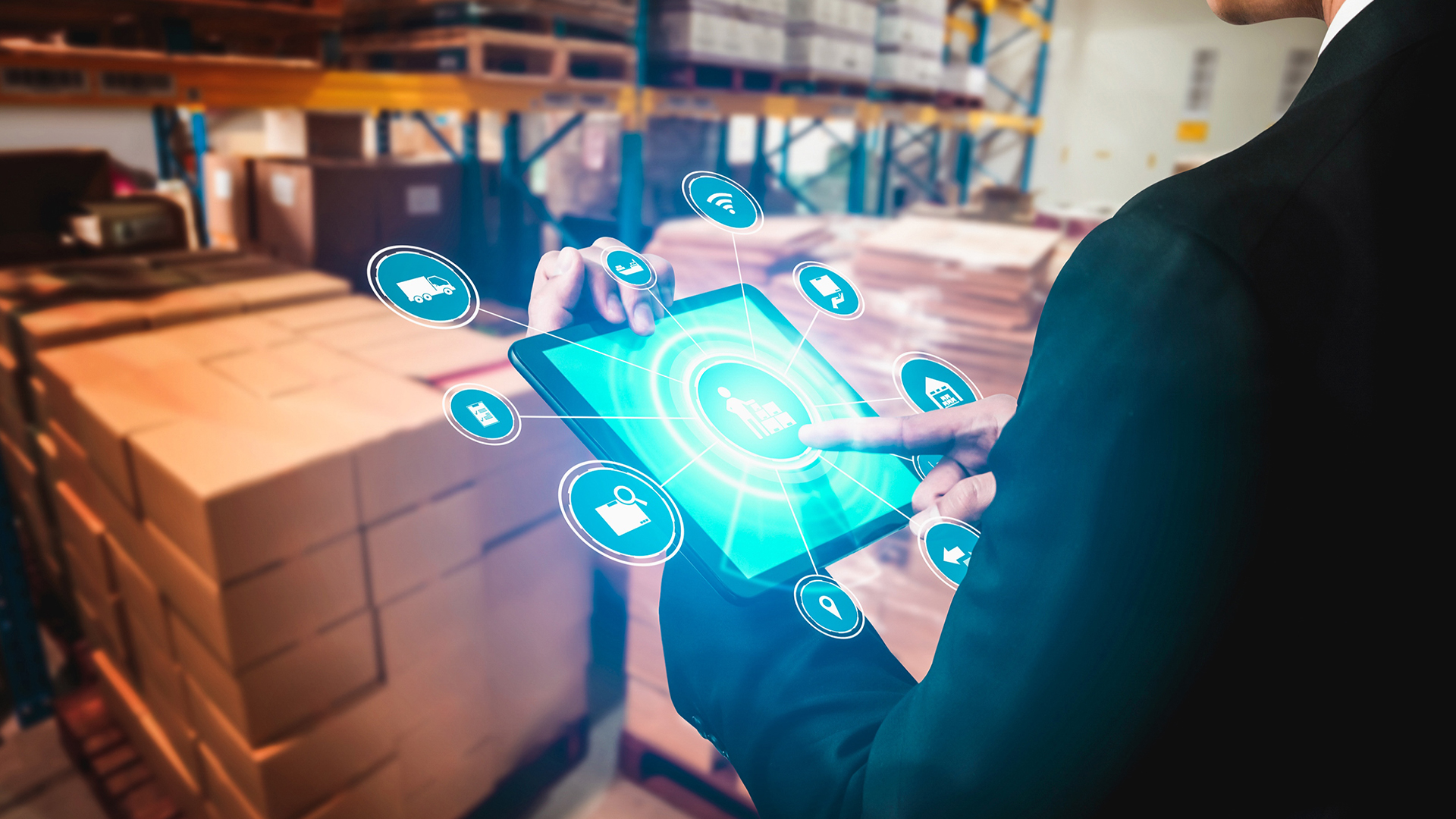The global shipping industry is undergoing a rapid transformation, driven by technological advancements, evolving consumer expectations, and the increasing need for sustainability.
By 2025, smart shipping will be more than just a buzzword, it will be an integral part of the logistics landscape, revolutionizing how goods move across the globe.
Key Trends Shaping the Future of Smart Shipping:
1. Hyper-Automation and AI-Driven Logistics:
Autonomous Vessels and Vehicles: While fully autonomous ships may still be a few years away, we can expect to see increased automation in vessel operations, including route optimization, collision avoidance, and predictive maintenance. Similarly, autonomous trucks and drones will play a larger role in last-mile delivery.
AI-Powered Supply Chain Optimization: Artificial intelligence (AI) and machine learning (ML) will be used to analyze vast amounts of data, predicting demand, optimizing routes, and identifying potential disruptions. This will lead to more efficient and resilient supply chains.
Robotic Warehousing and Fulfillment: Automated guided vehicles (AGVs) and robotic picking systems will become commonplace in warehouses, improving efficiency and reducing labor costs. This will enable faster order fulfillment and shorter delivery times.
2. Enhanced Visibility and Transparency:
Real-Time Tracking and Monitoring: The proliferation of IoT sensors and GPS technology will provide unprecedented visibility into the location and condition of goods throughout the supply chain.
Blockchain for Supply Chain Traceability: Blockchain technology will be used to create immutable records of transactions and movements, enhancing transparency and traceability. This will be particularly important for industries with strict regulatory requirements, such as pharmaceuticals and food.
Predictive Analytics for Risk Management: AI-powered analytics will be used to identify potential risks, such as weather delays, port congestion, and geopolitical disruptions, allowing businesses to take proactive measures to mitigate these risks.
3. Sustainable Shipping Practices:
Alternative Fuels and Propulsion Systems: The shipping industry is under increasing pressure to reduce its carbon footprint. We can expect to see a shift towards alternative fuels, such as LNG, hydrogen, and ammonia, as well as the adoption of electric and hybrid propulsion systems.
Smart Port Technologies: Ports will become more efficient and sustainable through the use of smart technologies, such as automated cargo handling, energy-efficient lighting, and waste management systems.
Carbon Offset Programs: Businesses will increasingly participate in carbon offset programs to neutralize the environmental impact of their shipping activities.
4. The Rise of Digital Platforms and Ecosystems:
Collaborative Shipping Platforms: Digital platforms will facilitate collaboration between shippers, carriers, and other stakeholders, enabling them to share information, optimize resources, and streamline processes.
Data-Driven Decision Making: Shipping companies will leverage data analytics to make informed decisions about route planning, capacity management, and pricing.
API Integration and Interoperability: Open APIs will enable seamless integration between different shipping platforms and systems, creating a more interconnected and efficient ecosystem.
How Halo Ships Fits into the Future of Smart Shipping: Platforms like Halo Ships are poised to play a pivotal role in the future of smart shipping. By embracing emerging technologies and focusing on customer needs, they can provide businesses with the tools and resources they need to thrive in the evolving logistics landscape.
Enhanced AI Integration: Halo Ships can further integrate AI-powered tools to provide more accurate demand forecasting, route optimization, and risk assessment. This will enable businesses to make more informed decisions and improve their shipping efficiency.
Blockchain Integration: Implementing blockchain technology will enhance the traceability and transparency of shipments, providing businesses with a secure and reliable way to track their goods.
Sustainability Features: Halo Ships can incorporate sustainability features, such as carbon footprint calculators and options for carbon offsetting, allowing businesses to reduce their environmental impact.
Expanded API Integration: Expanding API integrations with other logistics platforms and systems will create a more seamless and interconnected shipping ecosystem, simplifying the flow of information and goods.
Predictive Customer Service: By using AI to analyze customer data, Halo Ships can anticipate customer needs and provide proactive support, enhancing the overall customer experience.
Further Automation of Documentation: As regulations change and become more complex, Halo ships can continue to improve its automation of documentation, and stay up to date on all needed changes.
Mobile First Approach: As more business is conducted on mobile devices, Halo ships can continue to develop a fully featured and user friendly mobile experience.
Looking Ahead:
By 2025, smart shipping will be characterized by hyper-automation, enhanced visibility, sustainable practices, and the proliferation of digital platforms. Businesses that embrace these trends will gain a competitive advantage, improve their operational efficiency, and enhance their customer experience. Platforms like Halo Ships, with their commitment to innovation and customer-centricity, will be instrumental in driving this transformation. The future of shipping is smart, and it’s arriving faster than ever.


